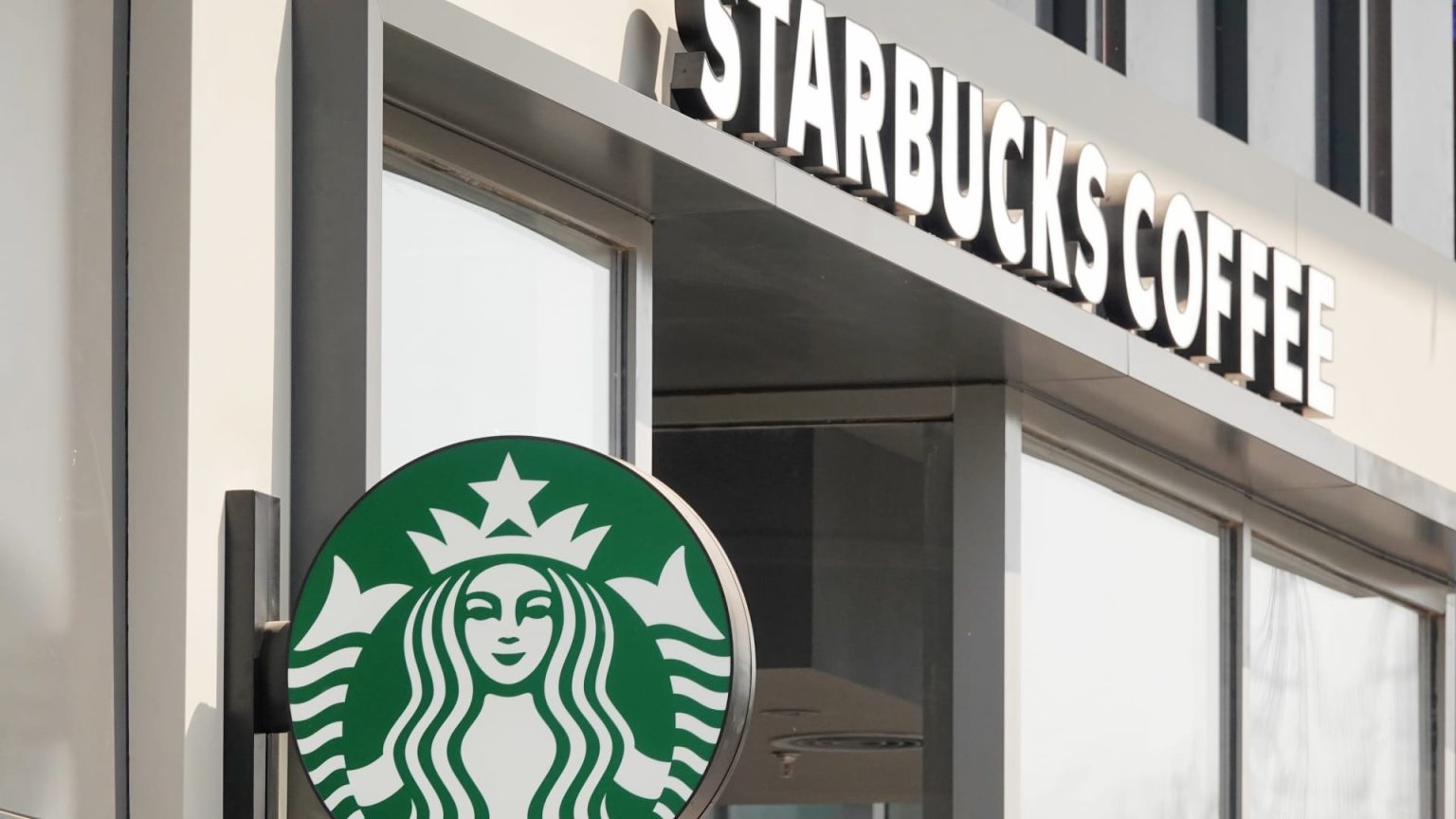This dilemma often arises in the investment world, causing a debate between cutting losses or battling through market challenges. The “first loss/best loss” philosophy, rooted in the idea of selling losing positions quickly, was a key principle in successful hedge fund management. This approach helped generate considerable returns by allowing for the quick removal of underperforming stocks while letting winners run. Despite the success, the intense nature of managing a hedge fund led the author to shift towards a more educational-focused approach in managing a public portfolio, aiming to teach rather than trade.
The author illustrates the challenges and consequences of not following the “first loss/best loss” philosophy through real-life examples of investing in Bausch Health, Foot Locker, Emerson Electric, and Qualcomm. These investments were driven by belief in the management’s strategies, but unforeseen issues and failures led to significant losses or missed opportunities. The struggle between holding onto losing positions for a potential turnaround versus cutting losses and moving on reflects the ongoing battle between different investment strategies.
The case of Starbucks presents a new quandary for the author, as a favorite investment undergoes challenges under a new CEO. Despite initial positive sentiment towards the new management, repeated guidance cuts and disappointing earnings reports have caused a significant decline in the stock price. This situation raises questions about whether to hold onto the investment, considering the company’s strong brand and potential for turnaround or to cut losses and move on. The author’s dilemma reflects the ongoing struggle between the desire to stick with an investment versus recognizing when it is time to let go.
The discussion around Starbucks exemplifies the complexities of decision-making in investing, where factors such as company resilience, balance sheet strength, and potential for external influences like activist investors or acquisitions come into play. The author’s analysis highlights the challenge of balancing optimism with realism in managing investments, especially when faced with unexpected market developments and poor performance. The outcome for Starbucks remains uncertain, with the author grappling with whether to stay put or take action in light of the company’s current struggles.
Ultimately, the author’s reflections on past investment decisions and ongoing challenges with Starbucks underscore the importance of balancing conviction with adaptability in managing a portfolio. The evolving nature of the market requires investors to navigate between cutting losses early to avoid significant declines and sticking with investments that have long-term potential. The dilemma between cutting losses and battling through challenges serves as a reminder of the constant decision-making process involved in investing and the need for a strategic approach to achieve success in the market.


